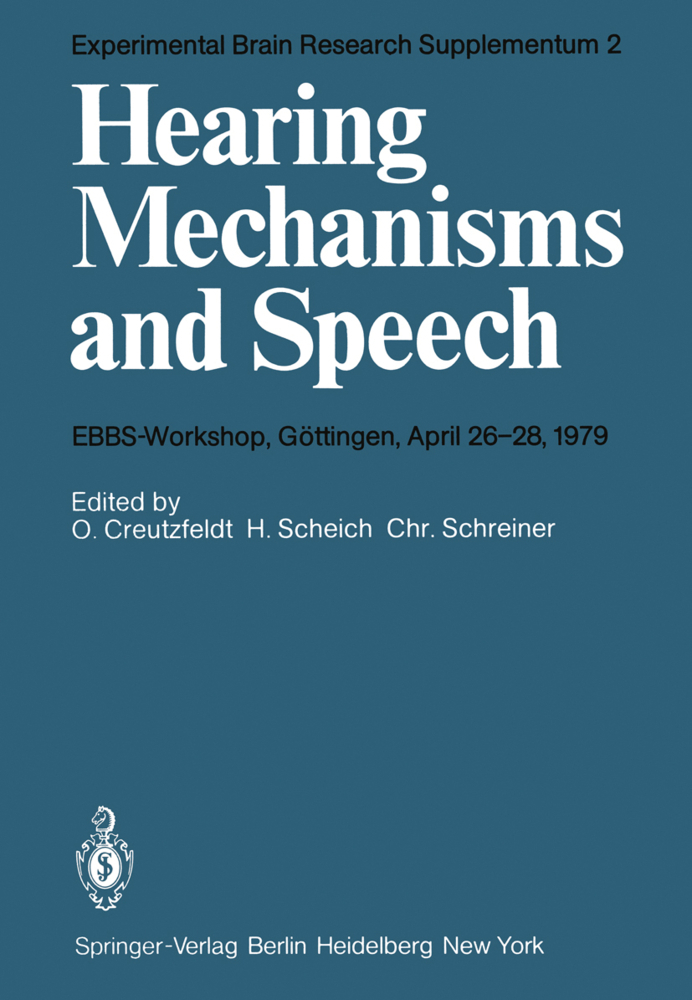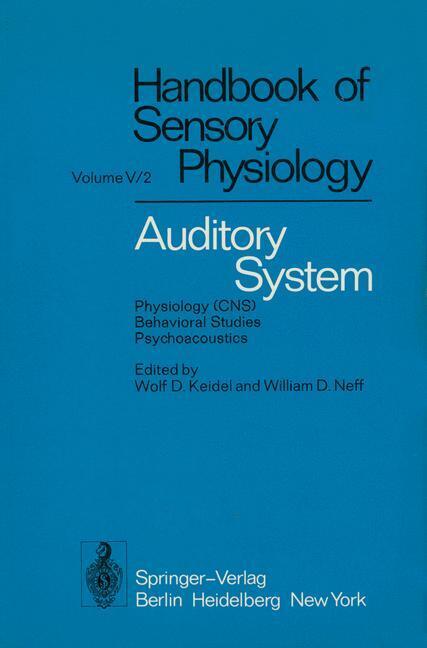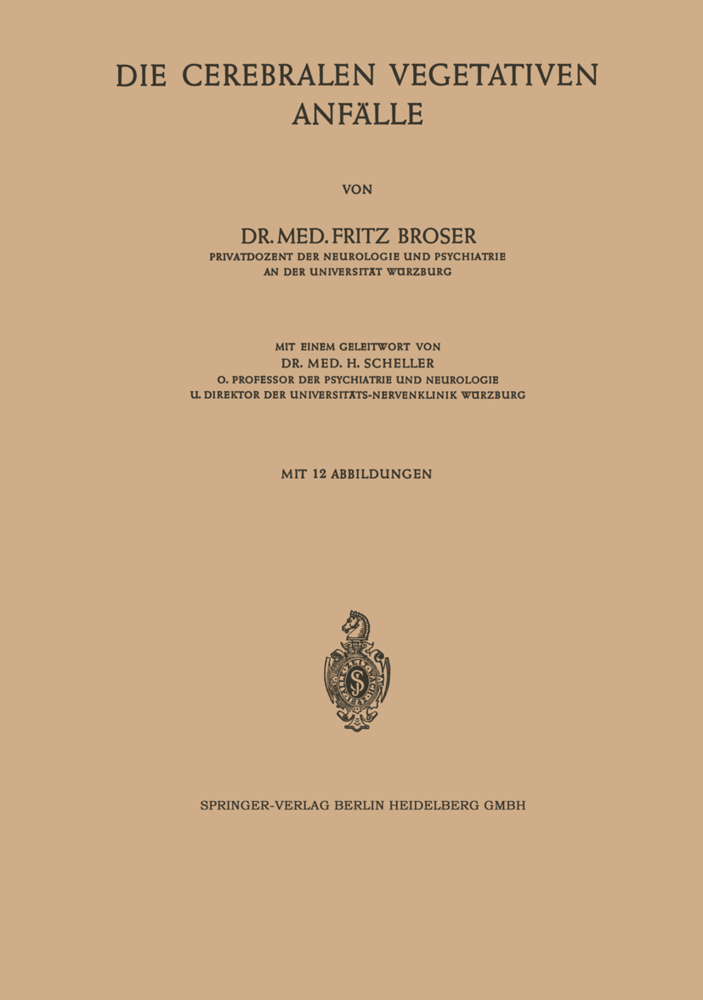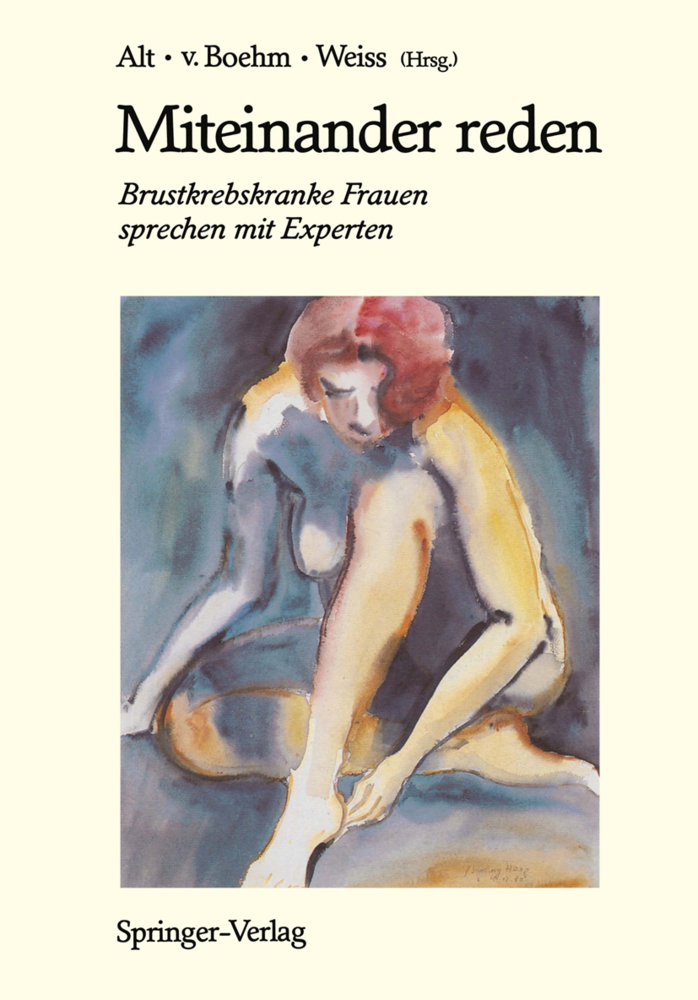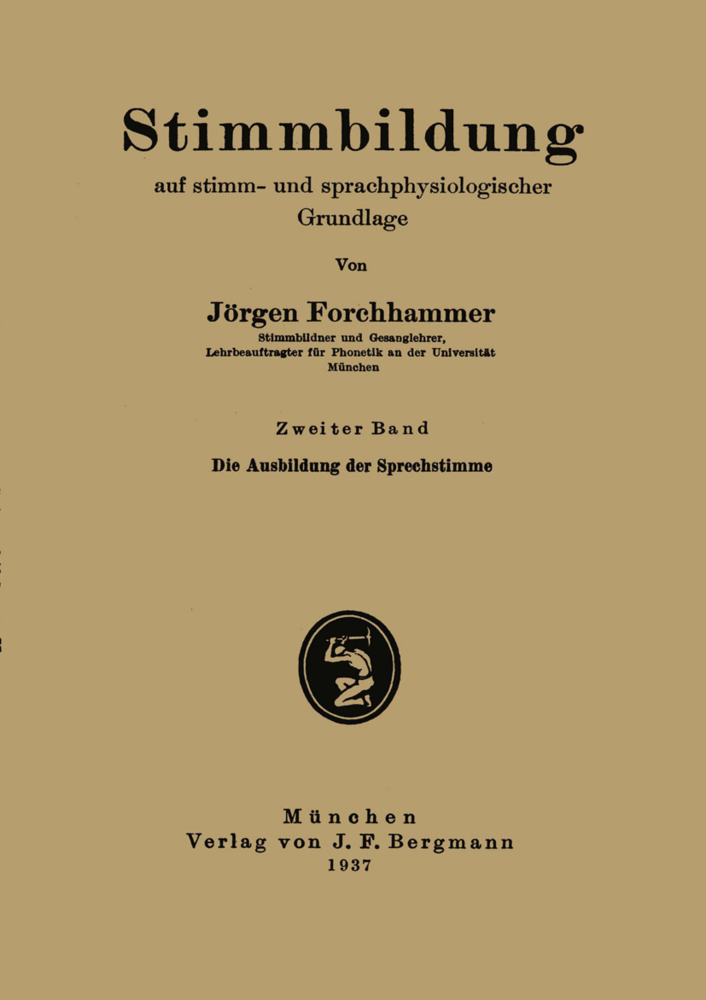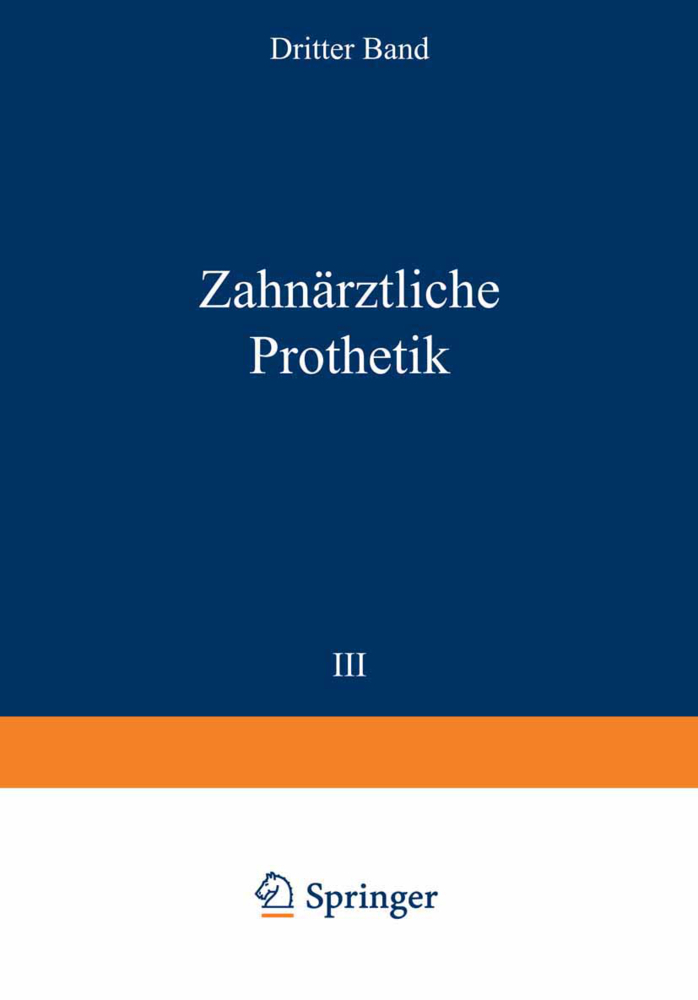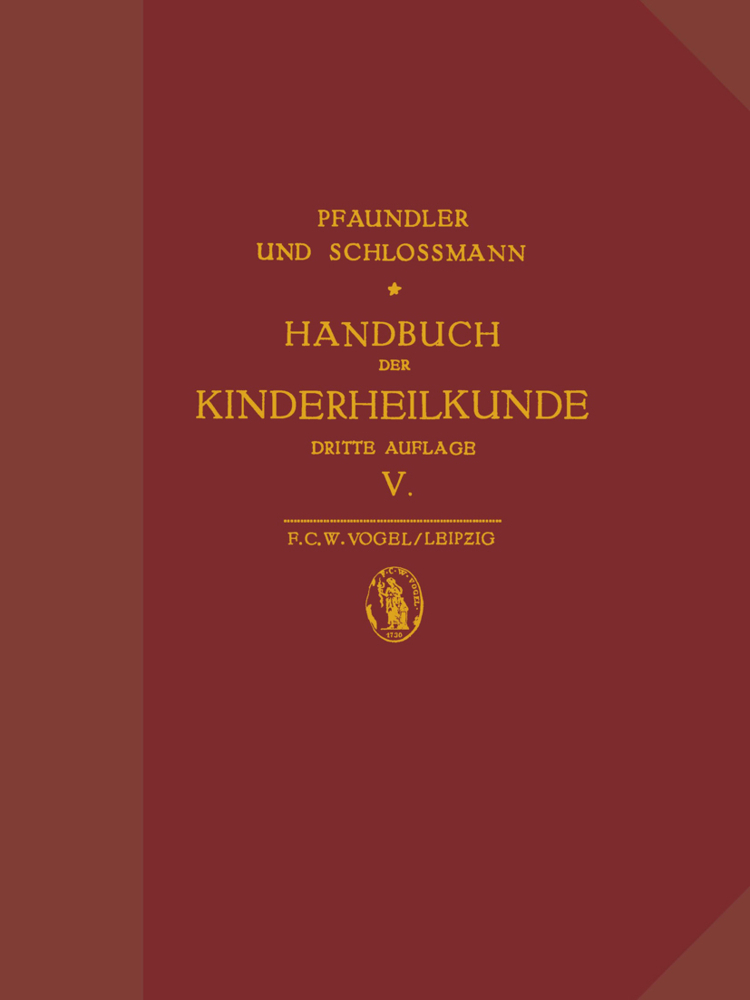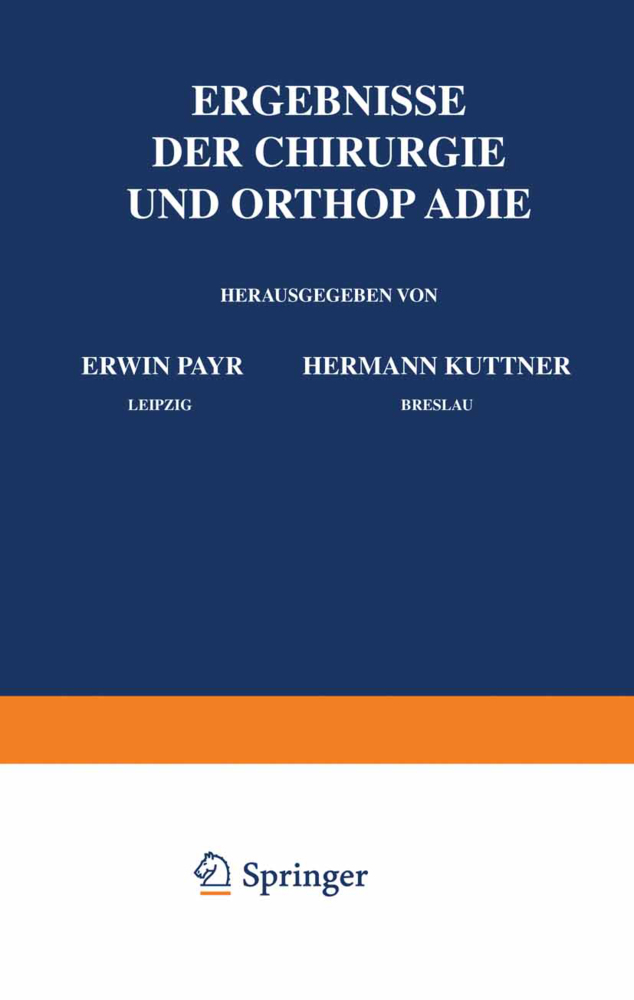Hearing Mechanisms and Speech
EBBS-Workshop, Göttingen, April 26-28, 1979
Hearing Mechanisms and Speech
EBBS-Workshop, Göttingen, April 26-28, 1979
o. D. CREUTZFELDT, Max-Planck-Institut fUr Biophysikalische Chern ie, D-3400 G6ttingen, FRG In the name of the European Brain and Behaviour Society (EBBS) and the Max-Planck-Institute for Biophysical Chemistry, I welcome you to this workshop on Hearing Mechanisms and Speech. It is the aim of EBBS, to tackle brain mechanisms of complex behavioral performances. Language is certainly a complex - haviour, and understanding of language as well. Through language an individual is able to express the internal p- cesses within his brain in symbols of this experience and communicate them to others. This implies also the description of the world in which we live in as far as this world induces, through the sensory organs, activities in our brains. This symbolical representation of the world is, in itself, a real world to which our brain relates itself, in creating and in understanding it (Creutzfeldt, 1979). Therefore, any s- cific language influences thinking and broader aspects of behaviour, and this may explain some of the differences as found between language populations (Herder, 1772iHumboldt, 1836). In as much as the function of language is a symbolical rep- sentation of reality, it must be able to describe this reality, sufficiently and generally. In so far, the rules to which any XIII language is subjected, are dictated by the reality to which we relate ourself through language. These rules are general, and therefore general rules or a universal grammar may be generated, common to all languages (Chomsky, 1965).
On the peripheral coding of the level of individual frequency components of complex sounds at high sound levels
Universal mechanical response curves for the cochlea
The human cochlea nuclei
Coding of complex sounds in the auditory nervous system
Embryological evolution and typology of cells of the inferior colliculus
Functional and topographic organization of the auditory cortex
II) The representation of complex natural sounds in the auditory system.
Neural image of sound in the grassfrog
Spectro-temporal analysis of auditory neurons in the grassfrog
Tonotopy and analysis of wide-band calls in field L of the guinea fowl
Selective responses of neurons to vowel sounds in the auditory neostriatum of the mynah bird
The increase of response selectivity within the avian auditory pathway
Encoding of complex sounds by thalamic and cortical neurons
Time segmentation in central analysis of complex signals
Temporal suppression and speech processing
Feature detection by single units in squirrel monkey auditory cortex
Processing of self-produced vocalizations by single neurons in the auditory cortex of the squirrel monkey (Saimiri Sciureus)
Encoding processes of speech sounds in the auditory system
Verb and noun meaning of homophone word activate different cortical generators: a topographical study of evoked potential fields
III) Brain mechanisms of speech perception and production.
Anatomical and functional cerebral organization of phonation in animals
Basal ganglia participation in aphasia
Participation of mesial cortex in speech: evidence from cerebral potentials preceding speechproduction in man
Electrical stimulation mapping of language cortex
Human language cortex: identification of common sites for sequencing motor activity and speech discrimination
Studies on language comprehension in hemispherectomy, split brain and asphasic patients. A possible contribution to the knowledge of the physiological mechanisms of speech comprehension
Timing in speech production: aspects of (German) hesitation vowels
Inborn vocalizations of the human baby and communicative value for the mother
IV) Psychoacoustic elements in language.
What acoustic stimulation can teach us about physiological mechanisms underlying speech perception
An outline of pitch analysis in speech: a hearing theory approach
Pitch determination of speech signals - a survey
Virtual pitch and our own voice
On the perception of spectral information in speech
Perceptual difference limens in pair-comparison of complex (speech-related) signals
V) Linguistic elements in speech perception.
Aspects of categorical processing of speech sounds in man: on the determinants of phonetic category boundaries
Selective adaptation of acoustic and phonetic feature sensitive detectors
Speech sounds in realtion to speech processing
Perceptual grouping of speech components
Aspects of the temporal relationship between speech- and word-recognition processes
The acquisiton of grammar
VI) Receptive defects of linguistic elements in aphasia.
Auditory agnosia after lesions of the superior temporal gyrus in monkey and man
Selective impairment of perception of articulatory place in a case of cortical auditory disorder
Phonemic auditory discrimination and articulatory defects in aphasia
Comprehension of natural sounds in aphasia
Lexical and syntactic factors in languagecomprehension of aphasic patients
Interaural integration in the perception of complete and truncated words by brain damaged and control subjects
Auditory analogue of deep dyslexia
The influence of prosodic features in language comprehension in aphasic patients.
I) Functional and structural conditions for transmission of auditory signals in the nervous system.
Basic mechanisms of auditory processing in the cochleaOn the peripheral coding of the level of individual frequency components of complex sounds at high sound levels
Universal mechanical response curves for the cochlea
The human cochlea nuclei
Coding of complex sounds in the auditory nervous system
Embryological evolution and typology of cells of the inferior colliculus
Functional and topographic organization of the auditory cortex
II) The representation of complex natural sounds in the auditory system.
Neural image of sound in the grassfrog
Spectro-temporal analysis of auditory neurons in the grassfrog
Tonotopy and analysis of wide-band calls in field L of the guinea fowl
Selective responses of neurons to vowel sounds in the auditory neostriatum of the mynah bird
The increase of response selectivity within the avian auditory pathway
Encoding of complex sounds by thalamic and cortical neurons
Time segmentation in central analysis of complex signals
Temporal suppression and speech processing
Feature detection by single units in squirrel monkey auditory cortex
Processing of self-produced vocalizations by single neurons in the auditory cortex of the squirrel monkey (Saimiri Sciureus)
Encoding processes of speech sounds in the auditory system
Verb and noun meaning of homophone word activate different cortical generators: a topographical study of evoked potential fields
III) Brain mechanisms of speech perception and production.
Anatomical and functional cerebral organization of phonation in animals
Basal ganglia participation in aphasia
Participation of mesial cortex in speech: evidence from cerebral potentials preceding speechproduction in man
Electrical stimulation mapping of language cortex
Human language cortex: identification of common sites for sequencing motor activity and speech discrimination
Studies on language comprehension in hemispherectomy, split brain and asphasic patients. A possible contribution to the knowledge of the physiological mechanisms of speech comprehension
Timing in speech production: aspects of (German) hesitation vowels
Inborn vocalizations of the human baby and communicative value for the mother
IV) Psychoacoustic elements in language.
What acoustic stimulation can teach us about physiological mechanisms underlying speech perception
An outline of pitch analysis in speech: a hearing theory approach
Pitch determination of speech signals - a survey
Virtual pitch and our own voice
On the perception of spectral information in speech
Perceptual difference limens in pair-comparison of complex (speech-related) signals
V) Linguistic elements in speech perception.
Aspects of categorical processing of speech sounds in man: on the determinants of phonetic category boundaries
Selective adaptation of acoustic and phonetic feature sensitive detectors
Speech sounds in realtion to speech processing
Perceptual grouping of speech components
Aspects of the temporal relationship between speech- and word-recognition processes
The acquisiton of grammar
VI) Receptive defects of linguistic elements in aphasia.
Auditory agnosia after lesions of the superior temporal gyrus in monkey and man
Selective impairment of perception of articulatory place in a case of cortical auditory disorder
Phonemic auditory discrimination and articulatory defects in aphasia
Comprehension of natural sounds in aphasia
Lexical and syntactic factors in languagecomprehension of aphasic patients
Interaural integration in the perception of complete and truncated words by brain damaged and control subjects
Auditory analogue of deep dyslexia
The influence of prosodic features in language comprehension in aphasic patients.
Creutzfeldt, O.
Scheich, H.
Schreiner, C.
| ISBN | 978-3-540-09655-9 |
|---|---|
| Medientyp | Buch |
| Copyrightjahr | 1979 |
| Verlag | Springer, Berlin |
| Umfang | XXIV, 414 Seiten |
| Sprache | Englisch |

